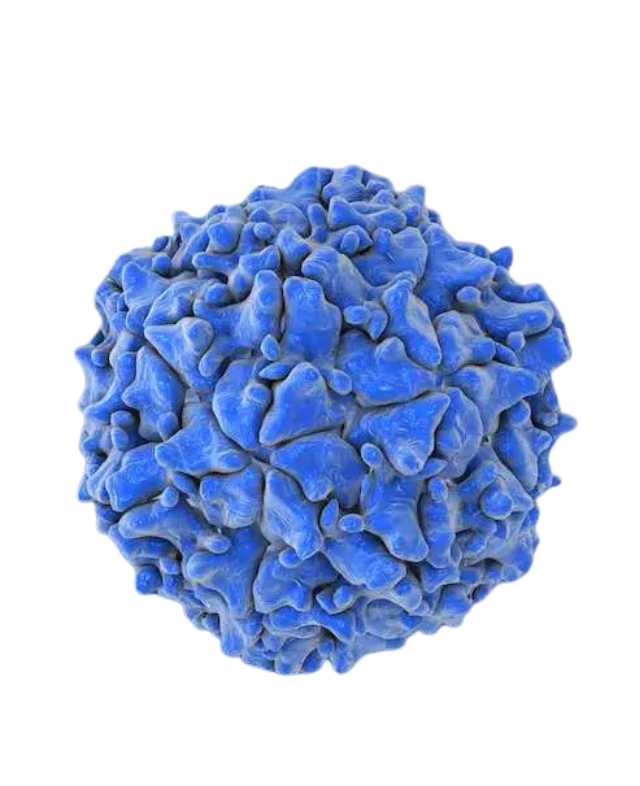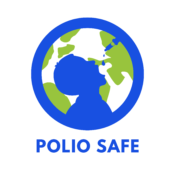Polio Symptoms
What are the symptoms of Polio?
Fever
Varius urna ac pulvinar egestas libero nam.
Tiredness
Varius urna ac pulvinar egestas libero nam.
Dry Cough
Varius urna ac pulvinar egestas libero nam.

Shortness of Breath
Varius urna ac pulvinar egestas libero nam.
Aches and Pains
Varius urna ac pulvinar egestas libero nam.
Sore Throat
Varius urna ac pulvinar egestas libero nam.
Watch for symptoms
Common Symptoms
Polio often begins with mild, non-specific symptoms that mimic those of common viral infections. These common symptoms are usually the result of the body’s immune response to the virus and are self-limiting in nature. While they may not appear alarming, recognizing these early signs is important for identifying the disease and preventing its spread.
- Fever
- Fatigue
- Sore Throat
- Headache
- Vomiting or Nausea
- Stiffness
Emergency Symptoms
In severe cases, polio progresses to involve the central nervous system, leading to serious and life-threatening complications. These emergency symptoms require immediate medical attention, as they often indicate significant damage to the nervous system, muscles, or vital organs. Prompt recognition and intervention are critical to reducing the risk of long-term disability or death.
- Muscle Weakness
- Severe Neck or Back Stiffness
- Difficulty Breathing
- Difficulty Swallowing
- Abnormal Reflexes
- Acute Flaccid Paralysis
What to do if you have symptoms
If you or someone you know shows symptoms of polio, it’s important to act quickly to manage the condition and prevent its spread. Early recognition and proper care can reduce complications and improve recovery. Mild symptoms like fever or fatigue may resolve on their own, but they should still be addressed promptly. Severe symptoms, such as difficulty breathing or paralysis, require urgent medical attention.
- Seek Medical Attention: Visit a healthcare provider for diagnosis and guidance, regardless of symptom severity.
- Rest and Hydrate: Allow your body to recover by getting adequate rest and staying hydrated.
- Practice Hygiene: Wash hands frequently, avoid sharing personal items, and maintain cleanliness to prevent spreading the virus.
- Isolate Severe Cases: Keep the affected individual away from others to limit transmission, especially in crowded environments.
- Notify Contacts: Inform family members, close contacts, and local health authorities for proper precautionary measures.
Prompt action not only ensures the well-being of the patient but also helps protect others in the community from potential exposure. Remember that polio is preventable through vaccination, so check your immunization status and stay updated with recommended doses.
What you need to know
- Polio is a highly contagious viral infection that primarily affects children under 5 but can infect individuals of all ages.
- Symptoms range from mild to severe, with some cases leading to paralysis or death, especially if respiratory muscles are affected.
- Polio spreads mainly through the fecal-oral route, contaminated food, water, or surfaces can transmit the virus.
- Vaccination is the most effective preventive measure, with both oral polio vaccine (OPV) and inactivated polio vaccine (IPV) providing strong protection.
- Polio can also spread through direct person-to-person contact, especially if the virus is present in saliva, mucus, or feces.
- Good hygiene and sanitation are crucial in preventing the spread of polio, including regular handwashing and access to clean water.
- Polio is preventable and treatable, prompt medical care for severe cases can help reduce long-term effects.
- Global efforts have reduced polio cases by over 99%, but it remains endemic in a few countries, making continuous vaccination efforts vital.

